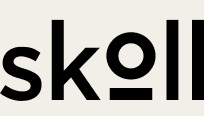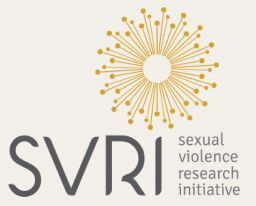Breastfeeding promotes early childhood cognitive development, prevents young child infections including pneumonia and diarrhea, and improves mental and physical health in mothers. That’s why each year during the first week of August, World Breastfeeding Week is celebrated to raise awareness and promote breastfeeding as the best source of nutrition for most babies.
General breastfeeding guidance from the World Health Organization (WHO) and other leading health authorities includes breastfeeding for the first six months of life all the way to two years of age and beyond.
Unfortunately, misinformation about breastfeeding is widespread. Claims often center around:
- Foods breastfeeding mothers should or should not eat (In general, breastfeeding moms should eat a varied diet and don’t need to include or avoid specific foods except for some seafood that may be high in mercury.)
- If exercise changes the taste of breastmilk (Exercise is healthy and has not been shown to change the taste of breastmilk.)
- Whether negative emotions affect breastmilk quality (Breastmilk quality doesn’t change based on mom’s emotions.)
- Whether it is okay for a mother to breastfeed if she is ill (In most cases, moms should continue to breastfeed even when they’re ill because breastmilk passes on immune defense to the baby, but there are some exceptions so always check with your or your baby’s doctor.)
Exacerbating the issue, early in the coronavirus pandemic incomplete scientific consensus and confusion resulted in brand new types of breastfeeding misinformation. Because little was known about the virus, many feared that the virus would spread from mothers to their infants through breastmilk and those concerns were shared widely in online communities.
Offline challenges of COVID-19 have also taken hold. Lockdown limits access to pre- and postnatal lactation support services leaving mothers vulnerable to online or familial misinformation in the absence of professional breastfeeding support. Some women have been advised by doctors not to breastfeed or to stop breastfeeding.
In some cases, babies were separated from mothers in hospitals, a practice known to make establishing breastfeeding difficult, decrease breastfeeding success, inhibit early bonding and attachment, and negatively impact maternal mental health. Finally, some reports have also suggested that formula companies began further undermining breastfeeding messages by promoting formula as safer than breastmilk during the pandemic.
Now, eight months into the pandemic, we have improved understanding and data, so breastfeeding recommendations for mothers infected with COVID-19 are clearer. Despite misinformation, while studies of breastmilk and breastfeeding are ongoing, current research shows that the risk of an infant becoming infected with COVID-19 through breast milk is low. The WHO suggests that "at this point, it appears that COVID-19 in infants and children represents a much lower threat to survival and health than other infections that breastfeeding is protective against." Meanwhile the threat of poor health outcomes as a result of not breastfeeding is particularly true in areas where access to clean water and medical care are limited.
For those on the front lines who are supporting moms and babies everyday, providing encouragement, addressing misinformation, and empowering mothers to make well-informed feeding decisions, are a huge part of providing high-quality care. While babies are not immune from contracting COVID-19, based on the current evidence the WHO advises that even with suspected or confirmed maternal COVID-19, breastfeeding is recommended for infants and young children. The U.S. Centers for Disease Control and Prevention further advise mothers to further discuss breastfeeding with their healthcare providers.
Resources:World Alliance for Breastfeeding. 2020. https://waba.org.my
World Health Organization. Breastfeeding and COVID-19. June 2020. https://www.who.int/news-room/commentaries/detail/breastfeeding-and-covid-19
World Health Organization. Pregnancy, Childbirth, Breastfeeding and COVID-19. 2020. https://www.who.int/reproductivehealth/publications/emergencies/COVID-19-pregnancy-ipc-breastfeeding-infographics/en/
We collaborated with 53 partner organizations worldwide to design and carry out our 2024 elections projects. We extend special gratitude to our lead partners in Brazil, Mexico and Pakistan, whose work we highlight in this essay.
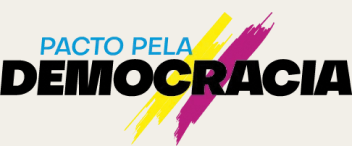
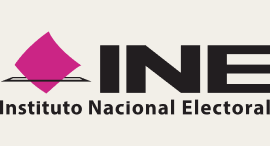
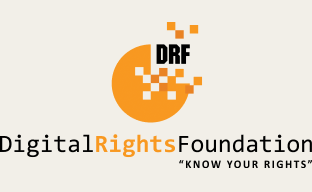
The 2024 elections projects featured in here would not have been possible without the generous support of these funders.
